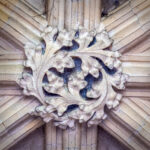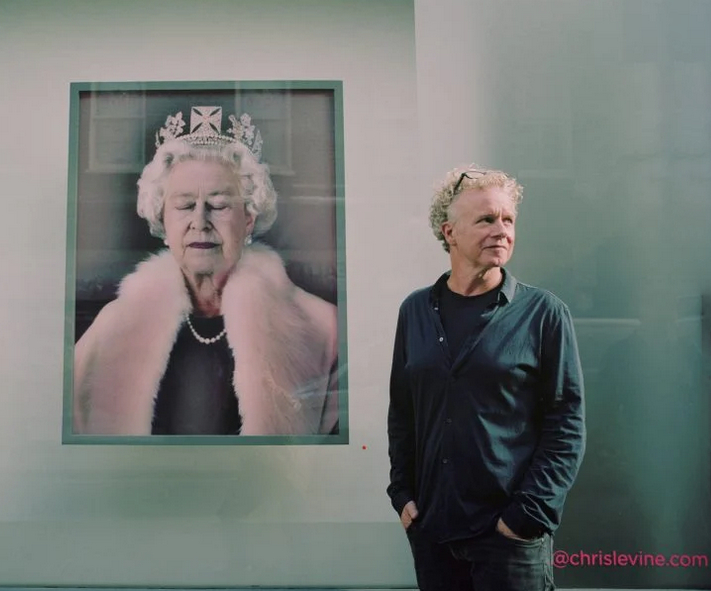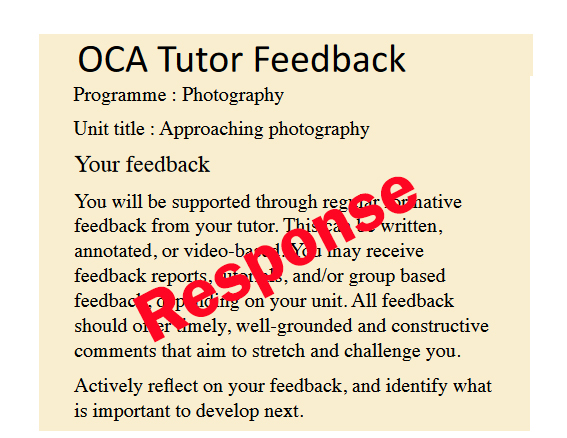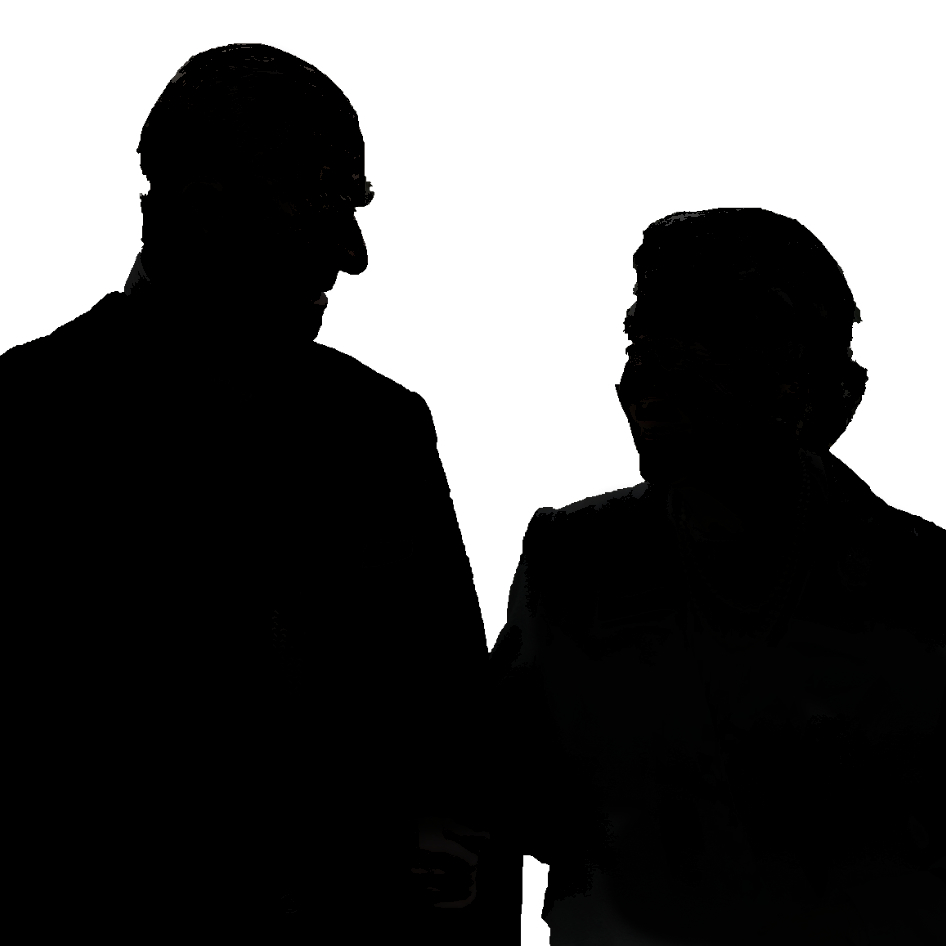Chris Levine
Chris Levine
Whilst doing some separate research on royal photographs I came across Chris Levine and his photographs of Queen Elizabeth II. What interested me is his focus is on ‘light’, and his use of photography as just one tool to his creative thrust.
Chris Levine’s first exhibition of note was his ‘Hypervisual 1’, a set of holographic portraits produced in 1997. This, was a novel and creative use of laser technology went beyond the laboratory-based introduction he had seen on his art course and it began his career as a formidable and innovative light artist.
He explains ‘holography’ in an interview about his work with lasers in 1997.
“Holograms are fundamentally beautiful because they are all about light, and the way it works with our senses.” … “You shine a light onto a hologram and what is happening is that the hologram is controlling the way that the light reflects back at you. It is actually shaping the reflection into the form of the original light that was coming from the objects.”[1]

This interest in the possibilities of using the light from lasers alongside digital and other technological processes has continued throughout his career. This is combined with a personal deep spiritual and meditation background in such works as his large site light installations such as that at Durham Cathedral in collaboration with sound artists ‘Sixteen’.
He claims that his work will “expand perception and sensitively guide the viewer to a meditative engagement with the present moment.” [3] Whether he achieves that is in the eye of the beholder!
The work he is most well-known for are his portraits of Queen Elizabeth II. When I saw his images of the former Queen I was struck by how refreshing they were and yet still demonstrating the regality of the monarchy. Unlike his laser installations, those of us unable to travel to experience them, can see his photographic works where he has employed his understanding and use of light to produce them. The commission by Jersey Heritage Trust (2004) was for a hologram for their £100 note and the £10 Jersey postage stamp. The images (which he retained the copyright for!) are now amongst the iconic images of the early years of this century.
However, from these 2 photoshoot sittings with the Queen, Levine has revisited many of the photographs he took and created a variety of different images. Using light in different ways. In one a lenticular image on a lightbox, in another creating almost a 3D effect by separating out the primary colours of light.



He has been challenged about his photographs of the back view of the Queen and the removal of her facial features in several images. This demonstrates his willingness to move beyond convention and think creatively, such as sticking Swarovski crystals onto the crown in one portrait of the Queen.
The Lightness of Being image of the Queen, that seems to glow with light reinforcing the meditative pose, was achieved by the suggestion that the Queen take a rest. It was a grab shot! However it was also a moment that captured all that it means to be ‘Her Majesty’.
Since then, these images of the Queen have embroiled him in court cases and controversy, however there is not doubt that his experimental work with new technologies of light and sound have resulted in artistic innovation and his fame and fortune!
footnote
I had not heard of lenticular images before this case study however I realise they are all around us. They are 2D flat images that give a sense of depth and move when viewed from different angles. The flat image is like a 3D image but is covered by a special plastic sheet that has tiny lenses called lenticuls. These focus light in a way so that you will see different parts of the printed image as you move your angle of view. That gives the in the 3D effect.
[1] 1997 Hologram News Report, 1990s Technology, Chris Levine (2015). Available at: https://www.youtube.com/watch?v=ojPX_ibh7nY (Accessed: 21 September 2024).
[2] ‘CHRIS LEVINE | HOLOGRAMS | HYPERVISUAL | ELMS LESTERS’ (no date) Elms Lesters Painting Rooms. Available at: https://elmslesters.co.uk/exhibitions/hypervisual-1/ (Accessed: 21 September 2024).
[3] About (no date) Chris Levine. Available at: https://chrislevine.com/about (Accessed: 21 September 2024).
Chris Levine’s Queen Elizabeth II portraits at centre of multi-million-pound copyright row (2024) The Art Newspaper – International art news and events. Available at: https://www.theartnewspaper.com/2024/07/29/chris-levines-queen-elizabeth-ii-portraits-at-centre-of-multi-million-pound-copyright-row (Accessed: 12 October 2024).
Connor, C. (2021) LIGHT the amazing immersive art installation illuminating Durham Cathedral, Chronicle Live. Available at: https://www.chroniclelive.co.uk/news/north-east-news/gallery/light-amazing-immersive-art-installation-20784539 (Accessed: 21 September 2024).
How Lenticular Posters Are Made (2011). Available at: https://www.youtube.com/watch?v=VRNpFp2L8UY (Accessed: 12 October 2024).
Olsen, A. and Article, A.A.S.T. (2022) Artist Chris Levine on How He Turned a Portrait Session With Queen Elizabeth II Into an Iconic Photograph, Artnet News. Available at: https://news.artnet.com/art-world/chris-levine-interview-queen-elizabeth-2203261 (Accessed: 10 October 2024).
Royal flash: photographing the Queen in 3D (2010). Available at: https://www.youtube.com/watch?v=b7BiFB5NHDk (Accessed: 10 October 2024).
The ‘Lightness of Being’ Artist Chris Levine (2019). Available at: https://www.youtube.com/watch?v=f720N5E7ukE (Accessed: 10 October 2024).
Shepherd, E. (2024) ‘what is lenticular art. Unlocking the Wonders of Lenticular Art’, Labyrinth Art Gallery, 13 January. Available at: https://www.labyrinthart.uk/understanding-lenticular-art/ (Accessed: 12 October 2024).




